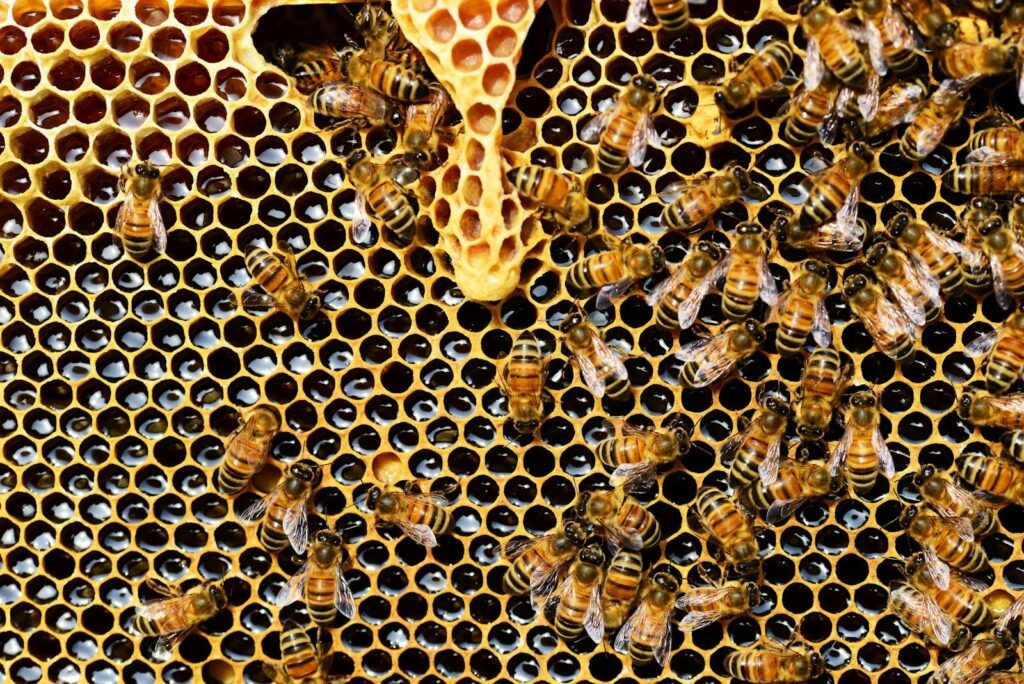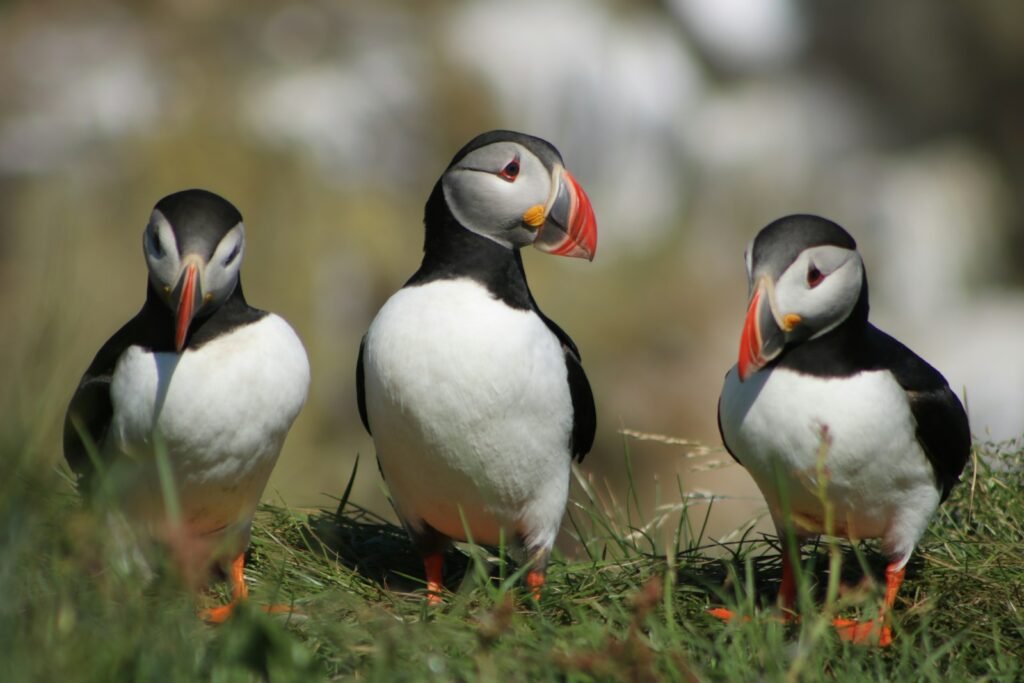Every spring, headlines warn about disappearing bees, but the real story is bigger than a jar of honey on the shelf. Bees are quiet laborers behind food security, healthy forests, and even new medical frontiers, and their influence stretches from farm fields to city balconies. Scientists now treat bees less like background buzz and more like living instruments, capable of mapping landscapes and diagnosing environmental stress. The twist is that many of these benefits unfold out of sight, woven through roots, seeds, and supply chains most of us never notice. Pull on one thread in that web and entire systems shift, sometimes in ways that feel startlingly fast.
The Hidden Clues
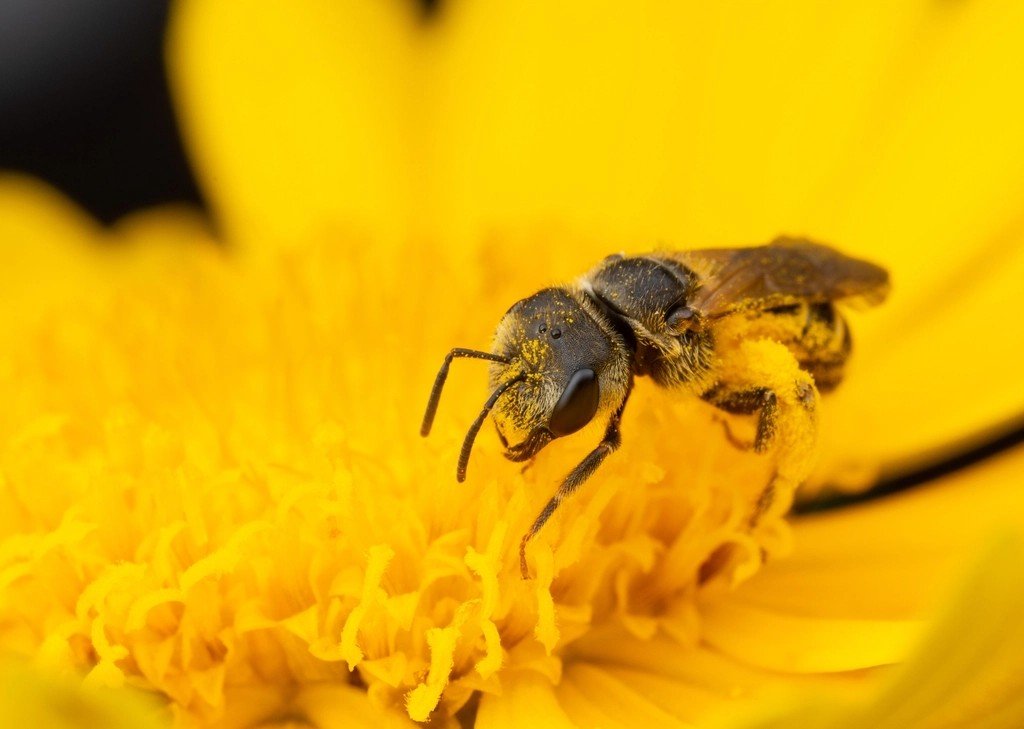
What if the most powerful environmental sensor fits in the palm of your hand and drinks from flowers? Bees sample air, water, and soil by simply doing what they’ve done for millions of years: foraging and nesting. Researchers read their pollen loads like diaries, revealing which plants bloom, which chemicals linger, and how far a neighborhood truly stretches for food. The famous waggle dance even doubles as a map, pointing to resource hotspots that change with the season. The hive becomes a dashboard, and suddenly a “bee problem” looks like a neighborhood report card.
I once knelt by a small patch of asters behind a grocery store and watched three bee species commute with astonishing purpose. By sunset, their routes sketched an invisible city plan – hedgerow, vacant lot, rooftop herbs – and the pattern said more about urban health than any single thermometer could. Those clues show which corridors need planting, where pesticides drift, and when drought bites. They also hint at restoration wins, because a returning buzz often arrives before our eyes notice green. The story is less about collapse and more about feedback we’ve been too busy to hear.
Beyond the Hive: Nature’s Fertility Engine
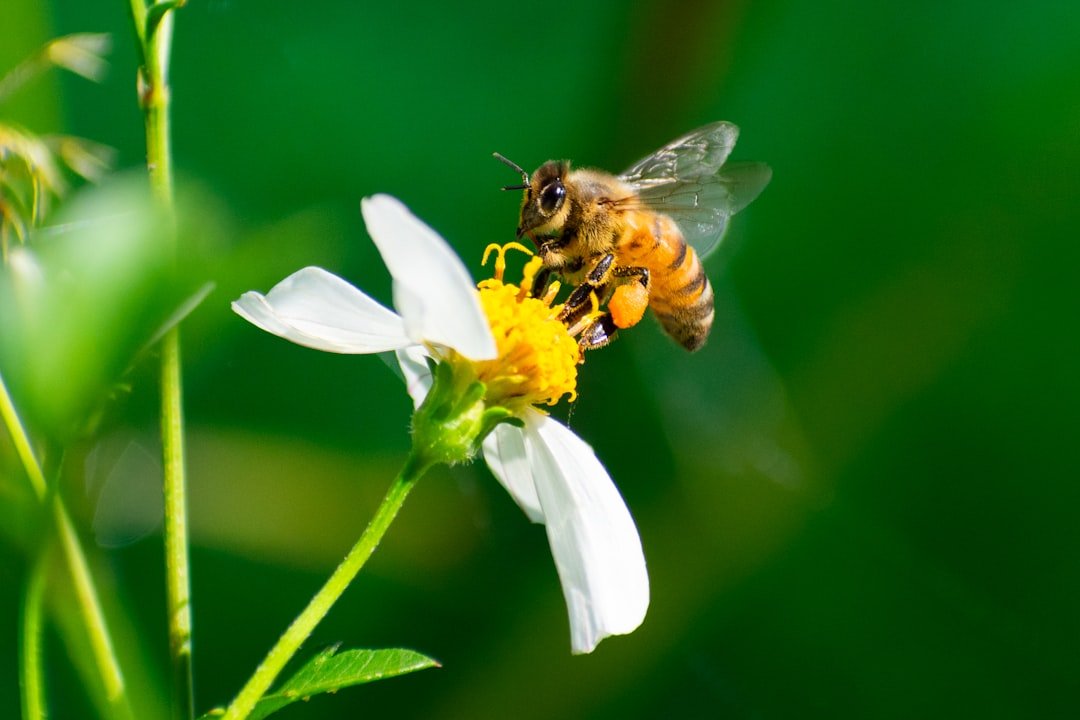
Honey gets the glory, but pollination is the blockbuster, and bees lead the cast. A large share of the world’s flowering plants and much of our fruits, nuts, and vegetables set better seeds and heavier harvests when bees visit. Think apples with fuller orchards, pumpkins with plumper fruit, and almonds that rely on an early-spring surge of foraging. The effect compounds across landscapes, with diverse bee communities stabilizing yields when weather swings. More visits often means more uniformity, which translates into less waste from misshapen or undersized produce.
Even crops that can self-pollinate often benefit from bees moving pollen around, nudging plants to produce more and better-quality fruit. The ripple reaches beyond the farm to packaging, transport, and prices at the checkout. In short, bees keep shelves stocked and supply chains steadier, especially when seasons refuse to behave.
Quiet Architects of Wild Landscapes

Step off the farm and bees matter even more. By cross-pollinating native shrubs and wildflowers, they maintain the genetic diversity that helps ecosystems handle heatwaves, floods, and pests. Those flowers then feed birds and mammals; their roots hold soil; their seeds replant hillsides after fire. When bee communities thin out, plant reproduction becomes uneven, and the whole tapestry starts to fray. It’s a slow-motion shift, but once it’s visible, recovery takes a long time.
The vast majority of bee species are solitary, not hive-dwelling, and many nest in the ground. Their tunnels aerate soil like tiny plows, improving water infiltration and making it easier for roots to breathe. That means wild bees quietly boost soil health in prairies, orchards, and even roadside strips. They’re doing ecosystem engineering without a blueprint or a budget. We just have to give them room to work.
From Ancient Tools to Modern Science

Human cultures have used propolis – the resin bees collect and mix with wax – for centuries to seal, sanitize, and soothe. Today, laboratories study its complex chemical cocktail for antimicrobial and anti-inflammatory properties, while keeping claims carefully tethered to evidence. Bee venom, rich in the peptide melittin, is also under investigation for targeted therapies and pain modulation, though it remains a specialty area requiring caution and rigorous trials. None of this is a cure-all, but it’s a fertile research frontier seeded by bee chemistry. The most promising path lies in precise compounds and measured dosing, not folklore alone.
Even the proteins and microbes in hives are drawing attention. Hive microbiomes, for example, help bees digest pollen and fend off pathogens, and understanding that balance could inform probiotics for pollinator health. In a neat loop, advances in bee medicine often bounce back to human health, guiding antimicrobial stewardship and material science. The lab and the meadow are closer neighbors than they look.
Tiny Engineers: Soil, Water, and Recovery

Ground-nesting bees carve thousands of small shafts that act like perforations in compacted earth. Those pathways reduce runoff during storms and help rain sink in where it falls, recharging soil moisture and buffering drought. Aboveground cavity-nesters, meanwhile, follow old beetle holes and plant stems, turning messy field edges into housing. After wildfires, early-blooming plants draw in bees, which boost seed set and speed the green comeback. It’s quiet work, but it stacks up at landscape scale.
On working lands, these same processes can reduce the need for deep tillage and heavy irrigation. Give bees a mix of blooms and nesting substrate, and the soil starts to heal itself. That’s cheaper than designing the perfect machine and usually more reliable. Nature’s maintenance crew doesn’t punch a clock – they show up when flowers do.
Why It Matters
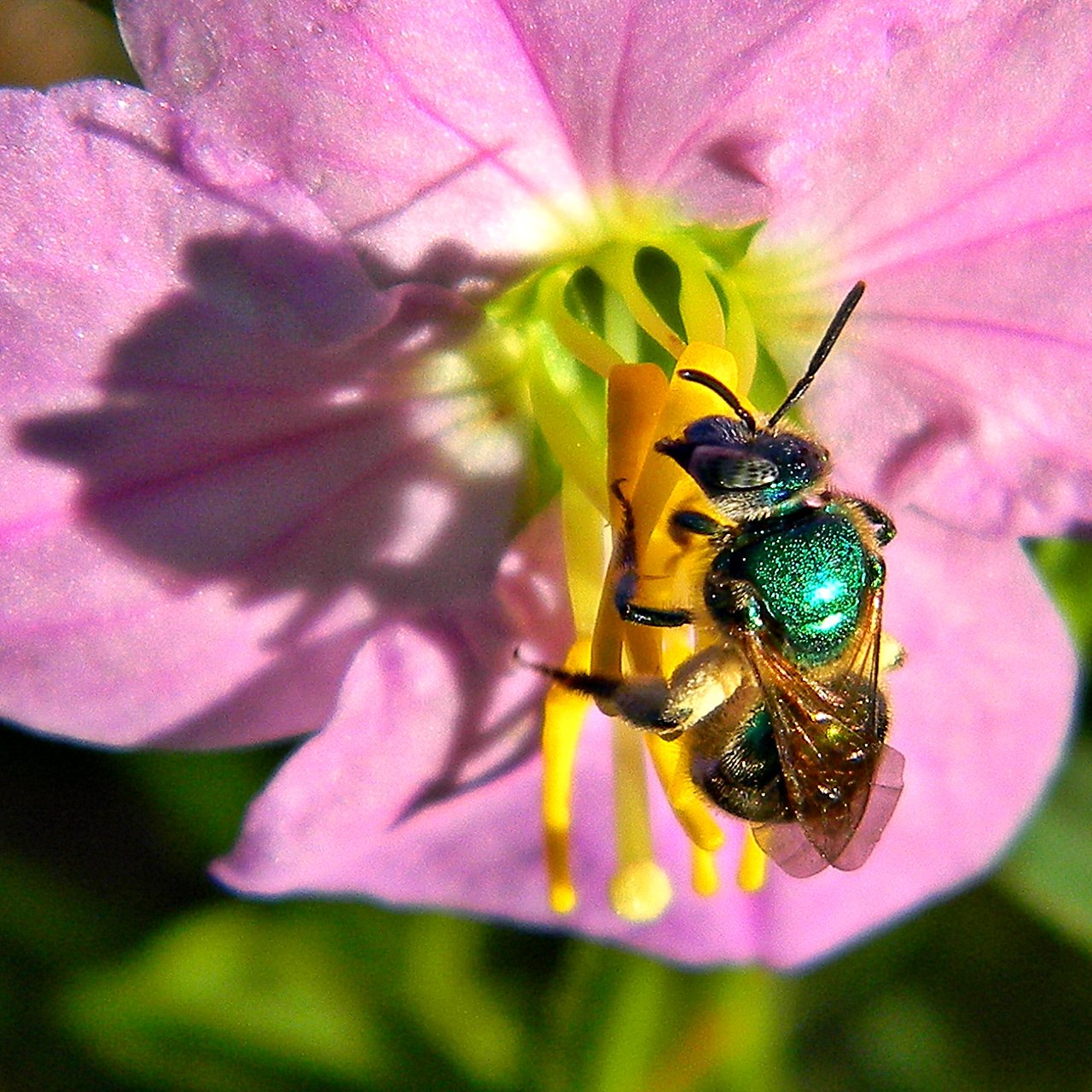
When pollination fails, farms reach for stopgaps: manual pollination, rented hives, or experimental drones. Hand-pollinating acres of orchards is slow, costly, and inconsistent, and technology still struggles to match the finesse of a bee’s electrostatic pollen pickup. Even managed honey bees can’t do everything; tomatoes and some berries respond best to the buzz vibrations that bumble bees provide. Wild bee diversity isn’t a luxury, it’s insurance. Redundancy across species keeps fruit setting even when weather tilts or one species has a bad year.
Economists peg pollination services as a global asset valued in the hundreds of billions of dollars, but that number hides risk. Lose local bees and you import costs – more labor, more logistics, more volatility. Keep local bees and you import resilience – steadier yields, better quality, lower waste. It’s the difference between a wobbly stool and one with a fourth leg you can trust. In a warming, weirding climate, that extra leg matters.
Global Perspectives
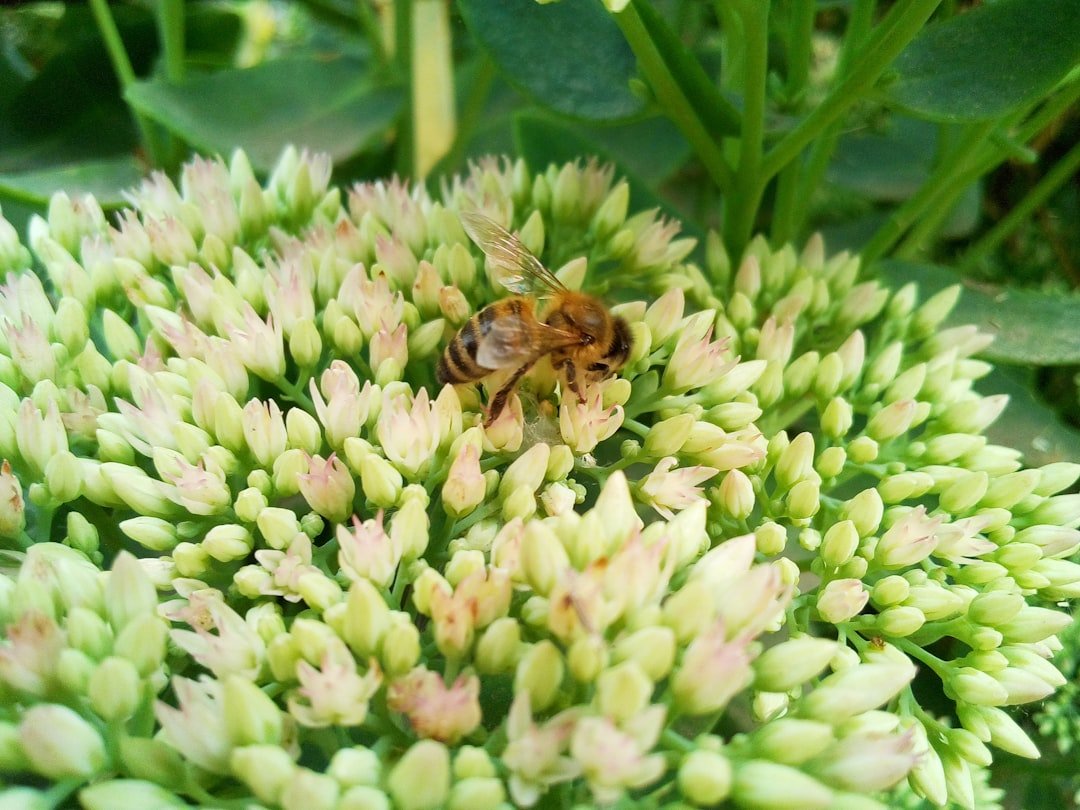
On small farms across the tropics, wild bees boost subsistence crops alongside export staples, protecting livelihoods that don’t make headlines. In temperate regions, vast almond orchards pull in nearly 3 million managed hives each late winter, showing how tightly agriculture now leans on pollinators. Urban areas tell a different story: rooftop gardens and pocket parks can host surprising bee diversity if pesticide use is restrained and flowers span the seasons. The lesson is not one-size-fits-all, but many small doors left open. Local practices stack up to global outcomes.
Policy choices ripple too. Restrictions on the riskiest pesticides, incentives for hedgerows, and support for diversified farming create space for bees to do their job. Indigenous land stewardship often bakes these principles in by default, valuing mosaic habitats over monoculture. Meanwhile, migratory beekeeping and wild bee protection need to be balanced rather than pitted against each other. Both serve food systems; both deserve room.
The Data We Don’t See
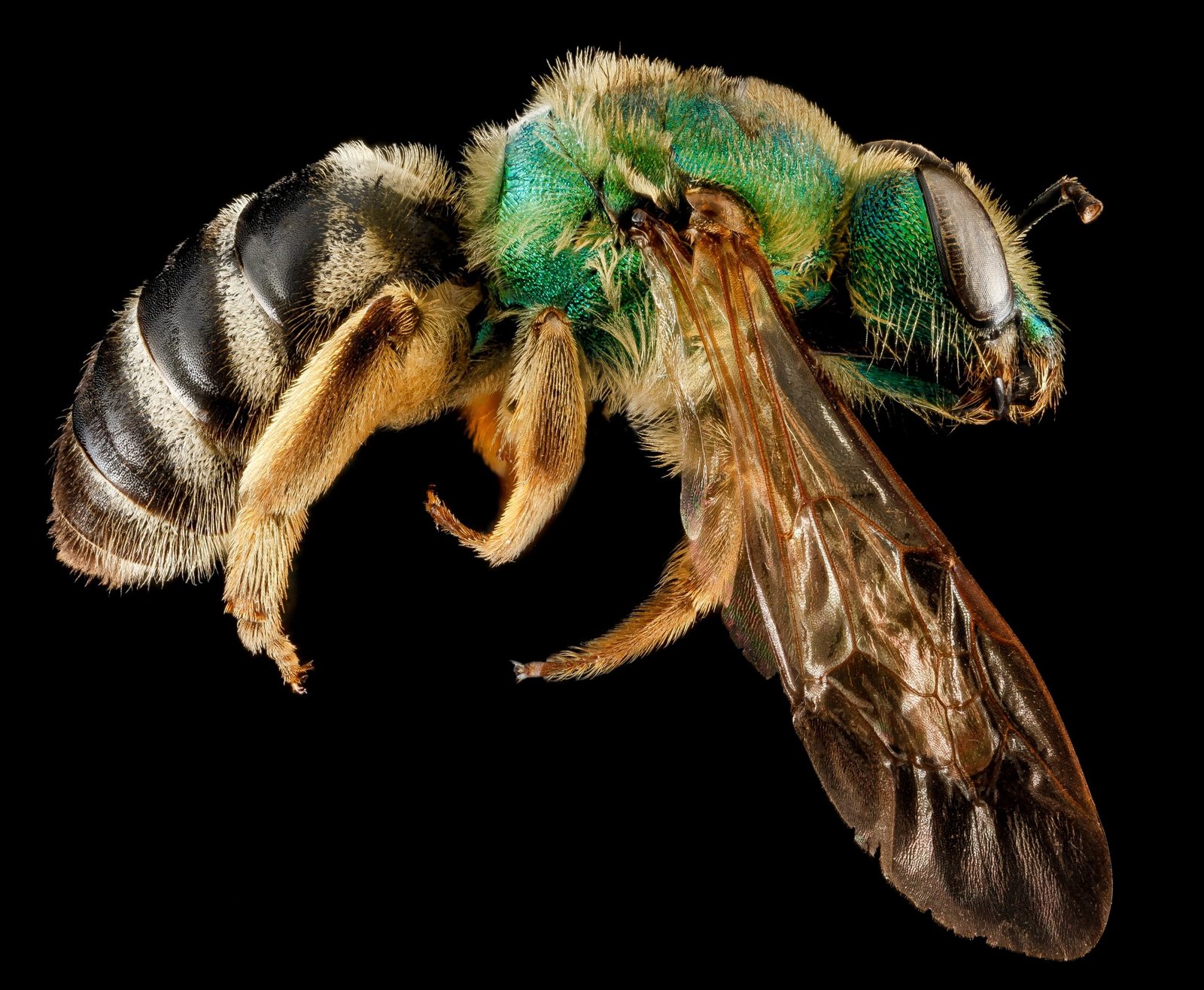
Monitoring bees used to mean nets and notebooks; now it also means DNA barcodes from pollen, computer vision on flower patches, and acoustic sensors that pick up the telltale thrums of buzz pollination. Those tools reveal who’s visiting which plants, at what times, and under what weather. Big patterns emerge: cities that flower in late summer hold bees steady, farms with blooming cover crops recruit wild pollinators, heat islands shift activity windows. The data is messy, but that’s ecology – signal comes with noise. What matters is the trend line towards clarity.
Citizen scientists add reach that labs alone can’t match. Photos uploaded from backyards and trails fill gaps on species ranges, peak blooms, and emergence dates. When thousands of tiny observations align, we start predicting shortages before they happen and targeting fixes that actually stick. Think of it as crowd-sourced radar for pollinator health. The best part is that anyone with a phone can help.
The Future Landscape

New farm gear is starting to count pollinators the way it counts rainfall and soil nutrients. Precision agriculture could soon blend yield maps with bee-activity maps, nudging growers to plant native strips where the returns are highest. Plant breeders are also looking at flower traits – like bloom timing and nectar rewards – that play nicely with local pollinators. In cities, green roofs and bioswales can be designed as nectar corridors, not just stormwater hardware. The blueprint is shifting from gray-first to green-smart.
Challenges remain stubborn. Parasites, poor nutrition in floral deserts, and climate mismatches between bees and blooms all chip away at populations. Mechanical pollination may help in a pinch, but it’s a spare tire, not a replacement wheel. The durable fix is habitat plus diversity, backed by policies that stop the biggest leaks. We know the playbook; the test is whether we run it widely enough, soon enough.
What You Can Do
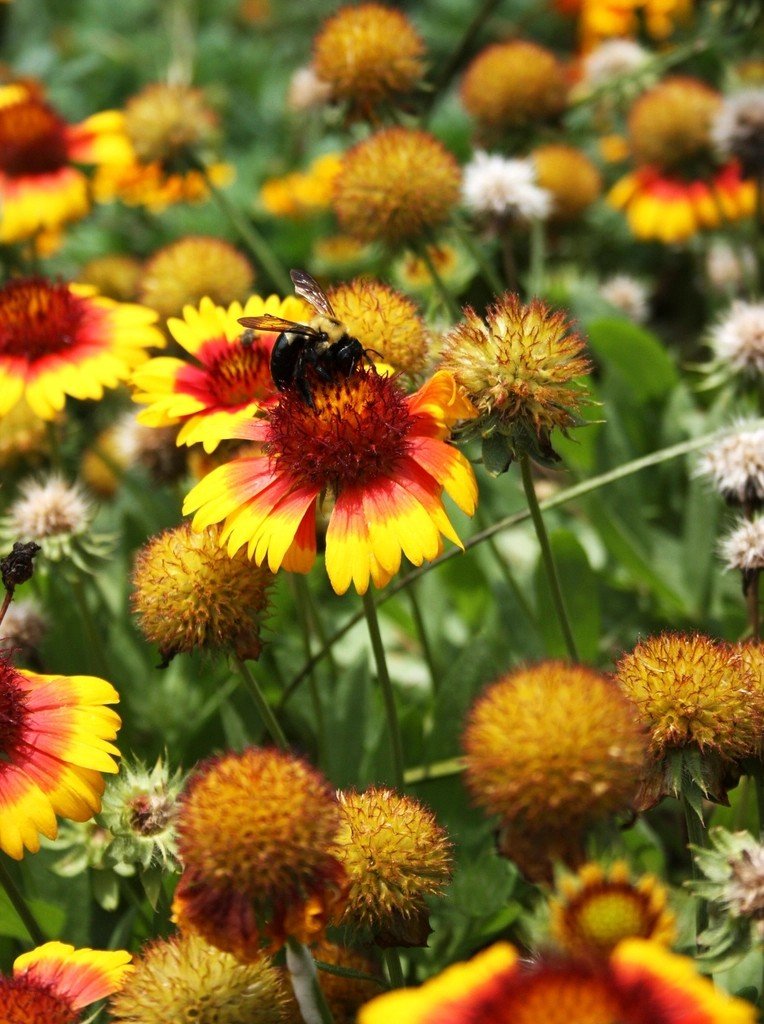
Start small and local. Plant regionally native flowers that overlap in bloom from spring through fall, and leave some bare, undisturbed soil or stems for nesting. Ditch or drastically reduce insecticides, especially where and when bees are active, and ask landscapers and neighbors to do the same. Give bees water – a shallow dish with pebbles – and let autumn stems stand until late spring. Those simple choices turn a yard, balcony, or schoolyard into a service station on a hungry bee’s route.
Support growers who invest in hedgerows and cover crops, and speak up for pollinator-friendly policies in your town. Join local bioblitzes or community science projects to help fill the data map. If you keep honey bees, learn about disease management and forage pressure so your hives complement, not compete with, wild pollinators. Small actions multiply fast when many hands move together. That’s how a landscape changes.
Closing Thoughts
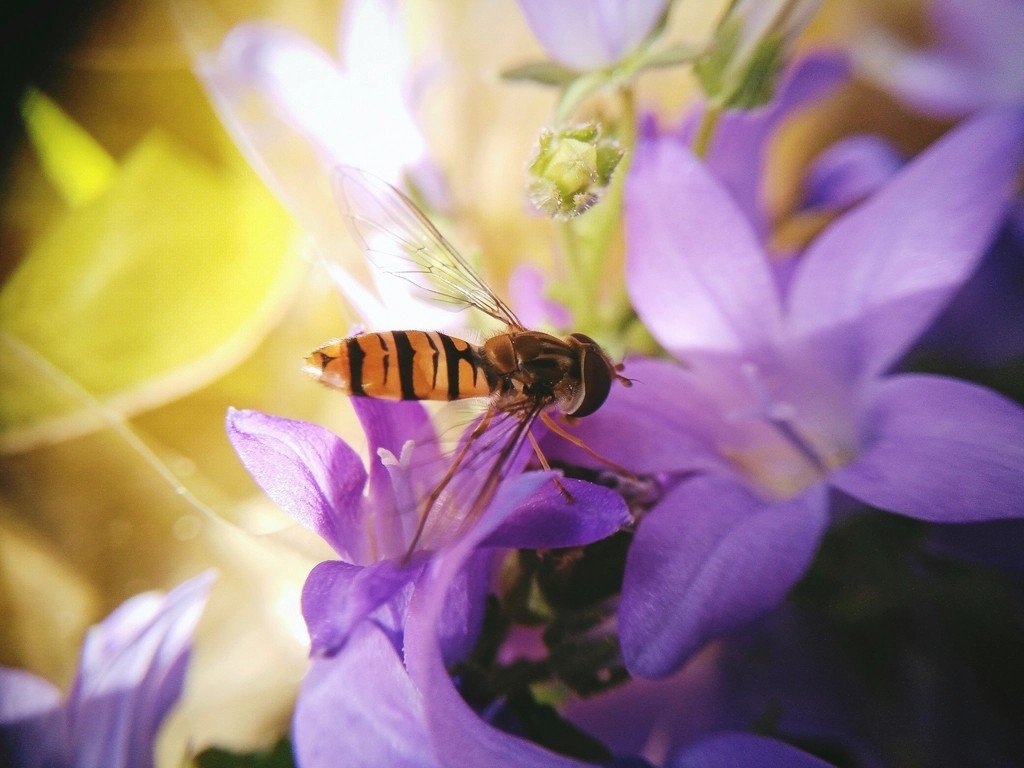
Bees were never just about honey; they’re about flow – of genes, water, nutrients, and information through living systems. Watch them closely and you’ll see a network repairing itself in real time, provided we clear the path. The science keeps sharpening the picture, but the headline is already clear: when bees thrive, whole places get sturdier. I think about that scruffy aster patch often; its quiet traffic was a promise hiding in plain sight. Are we ready to listen and make room for the return buzz?

Suhail Ahmed is a passionate digital professional and nature enthusiast with over 8 years of experience in content strategy, SEO, web development, and digital operations. Alongside his freelance journey, Suhail actively contributes to nature and wildlife platforms like Discover Wildlife, where he channels his curiosity for the planet into engaging, educational storytelling.
With a strong background in managing digital ecosystems — from ecommerce stores and WordPress websites to social media and automation — Suhail merges technical precision with creative insight. His content reflects a rare balance: SEO-friendly yet deeply human, data-informed yet emotionally resonant.
Driven by a love for discovery and storytelling, Suhail believes in using digital platforms to amplify causes that matter — especially those protecting Earth’s biodiversity and inspiring sustainable living. Whether he’s managing online projects or crafting wildlife content, his goal remains the same: to inform, inspire, and leave a positive digital footprint.

